Active Science Experiments Posts


How To: Make an erupting volcano with baking soda and vinegar
If you love action and adventure then you've come to the right place. Get ready for a red-hot science explosion as the A-TV science superstars show you how to make your very own erupting volcano!
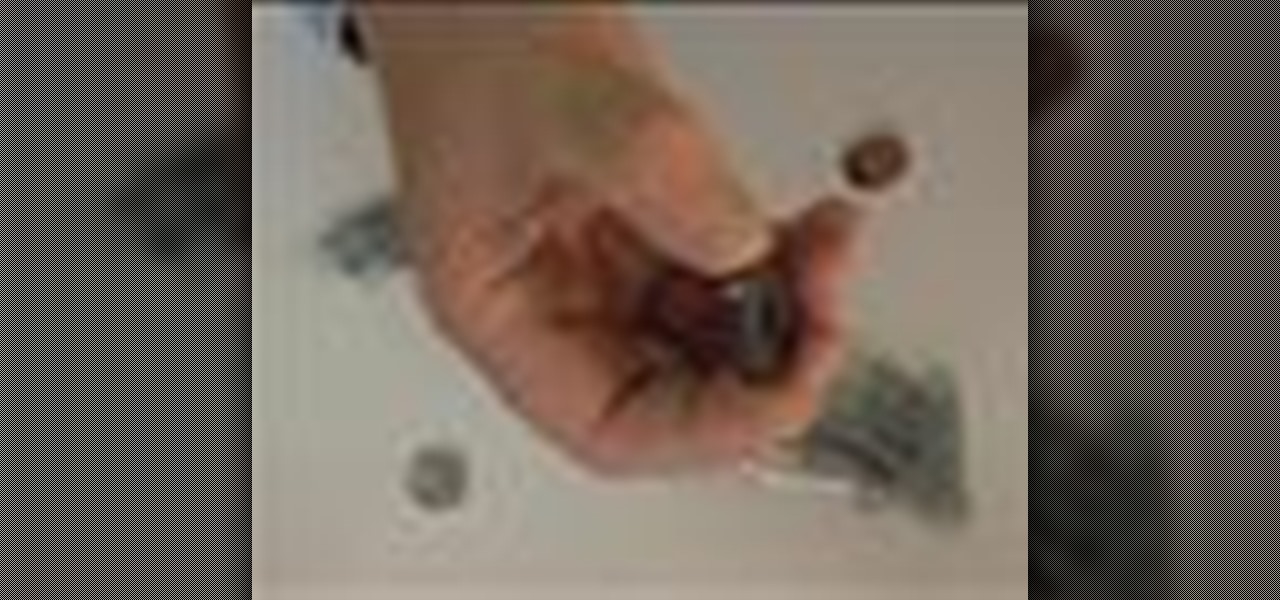
How To: Build an electromagnet
This video demonstrates the relationship between electricity and magnetism and shows how to construct an electromagnet using a 4 inch iron nail, 5 meters of copper wire and a 1.5 volt AA battery. Electromagnetism was discovered by the Danish scientist Oersted. Electromagnetism is the science behind electric motors, solenoids, speakers and electromagnets.
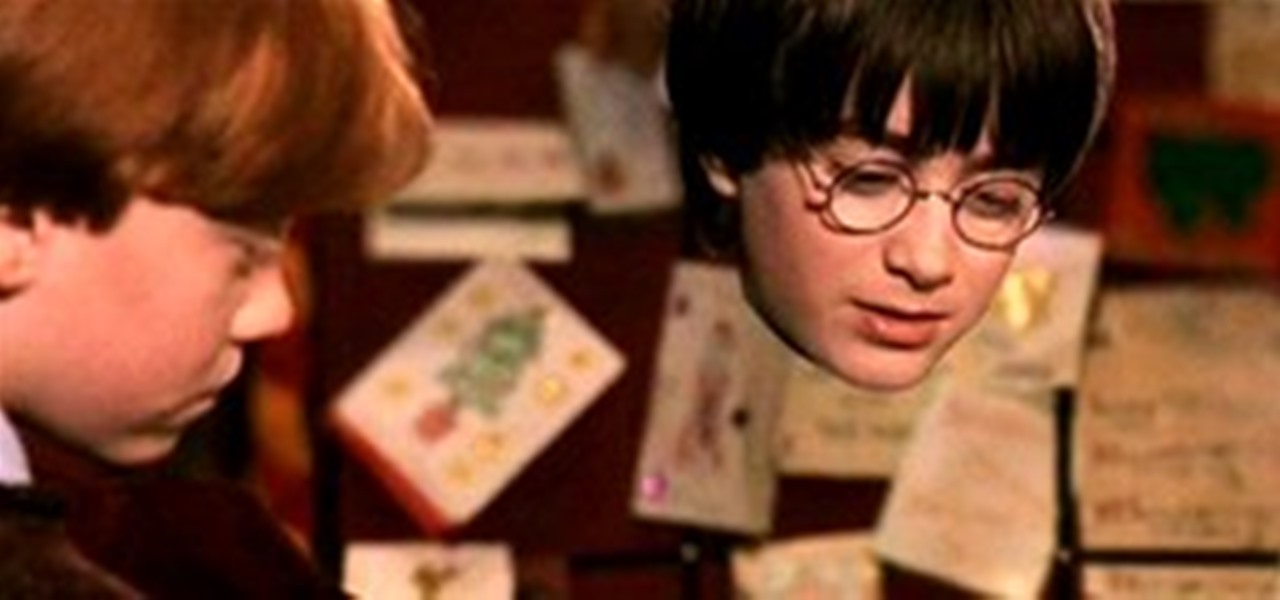
News: Get an Invisibility Cloak. Seriously.
Well, maybe not a real invisibility cloak—sorry Harry Potter fans—but a team of scientists at MIT's SMART Centre are on their way to producing materials that mimic actual invisibility.
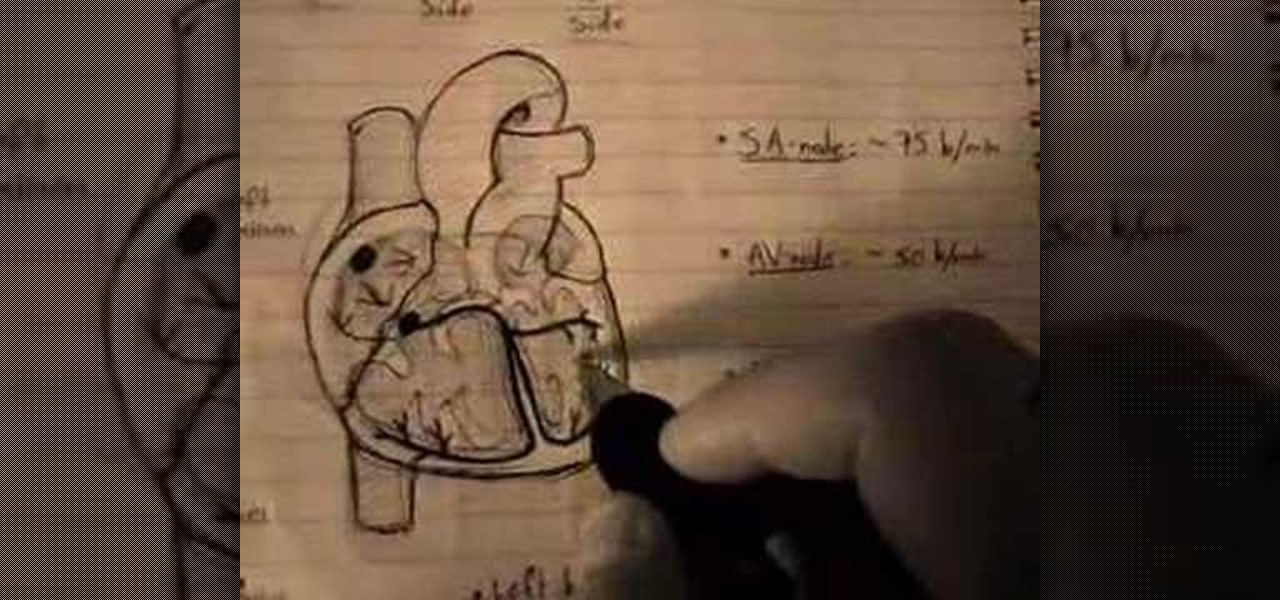
How To: Grasp the human cardiac action potential
Attentions all science nuts: Check out this video tutorial on human cardiac action potential. If you are interested in anatomy, biology, and especially physiology, then you have to watch these educational videos.
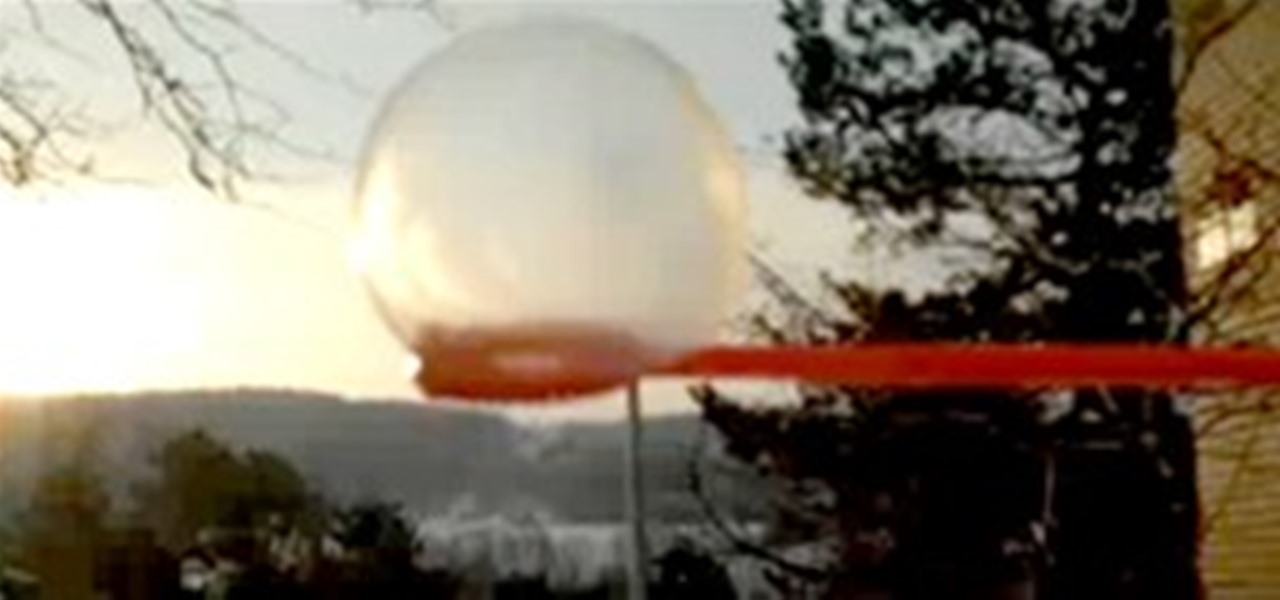
Icy Cold, Winter Science: Watching a Bubble Freeze
A simple science experiment, yet totally satisfying. And the best part is you can go outside and try it right now (if conditions allow). You will need: freezing cold weather and a bottle of bubbles. Previously, HowTo: Make Instant Fog.
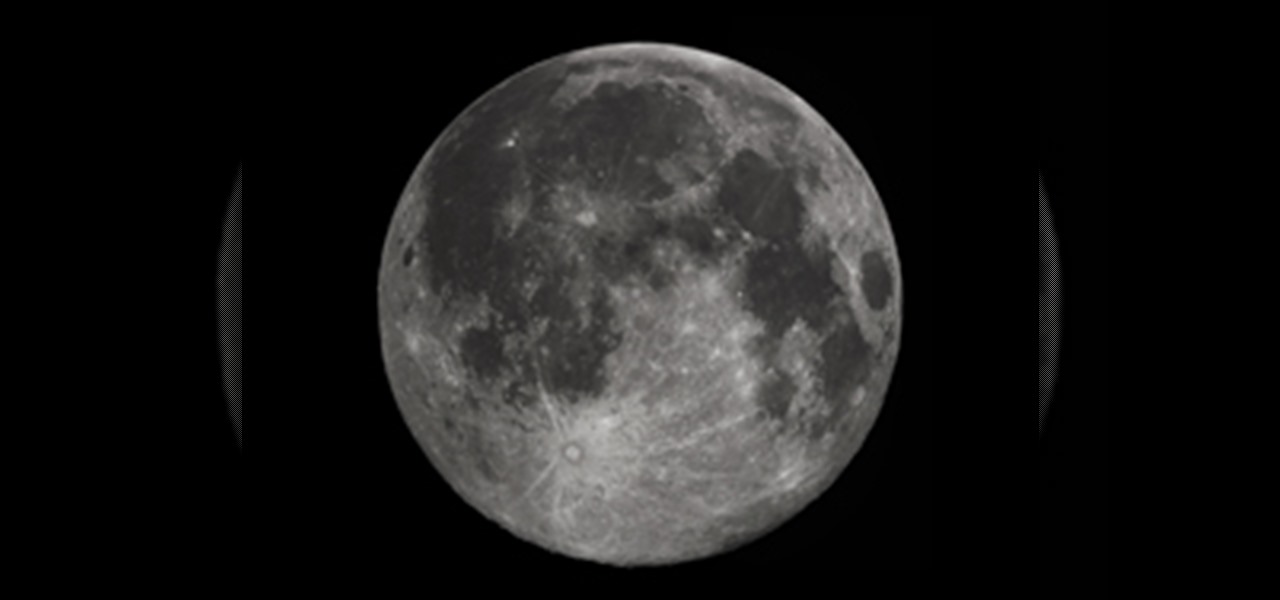
How To: Observe the Full Moons in 2011 (Lunar Calendar)
When's the next full moon? Every time I've looked at the moon, I've wondered if it was full. Sometimes it looked like it was, but it's really hard to tell for sure unless you know the exact date of the full moon. Seriously, there's at a couple days before and after the full moon that could easily pass as full. At least, to someone like me who isn't naturally in tune with the moon's cycle (and doesn't have perfect vision).
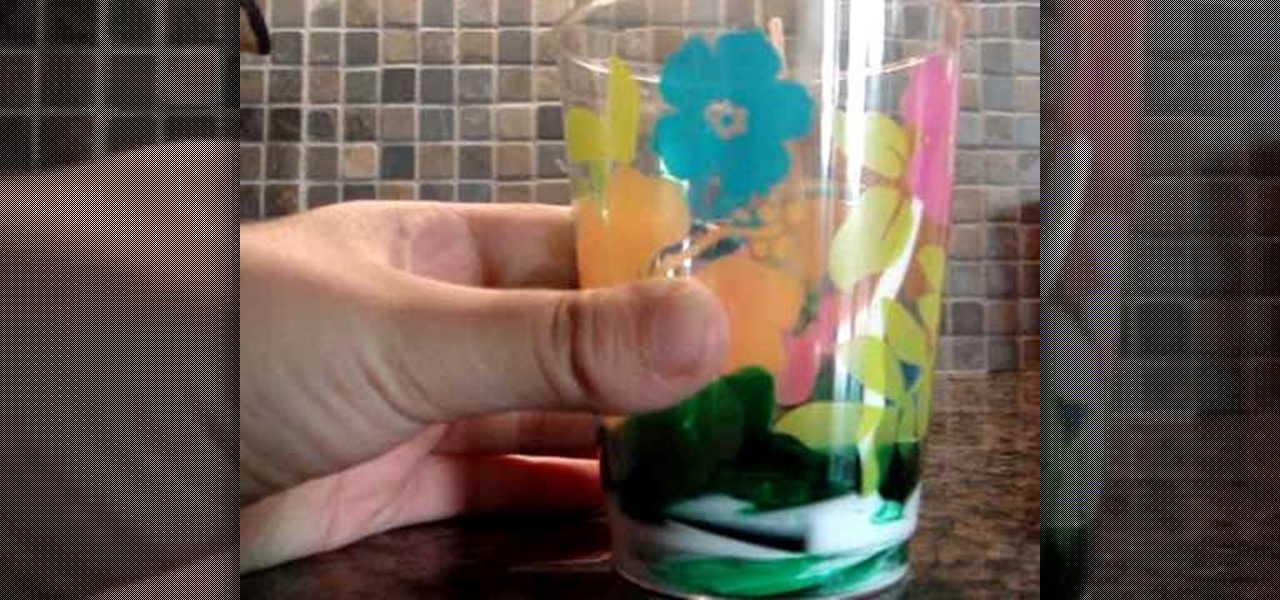
How To: Make simple dark green slime without borax
Most folks mistakingly think that slime - or green silly putty - simply can't be whipped up without borax. But the buffer solution can easily be replaced by another ingredient that you already have lying around in your house: laundry detergent.
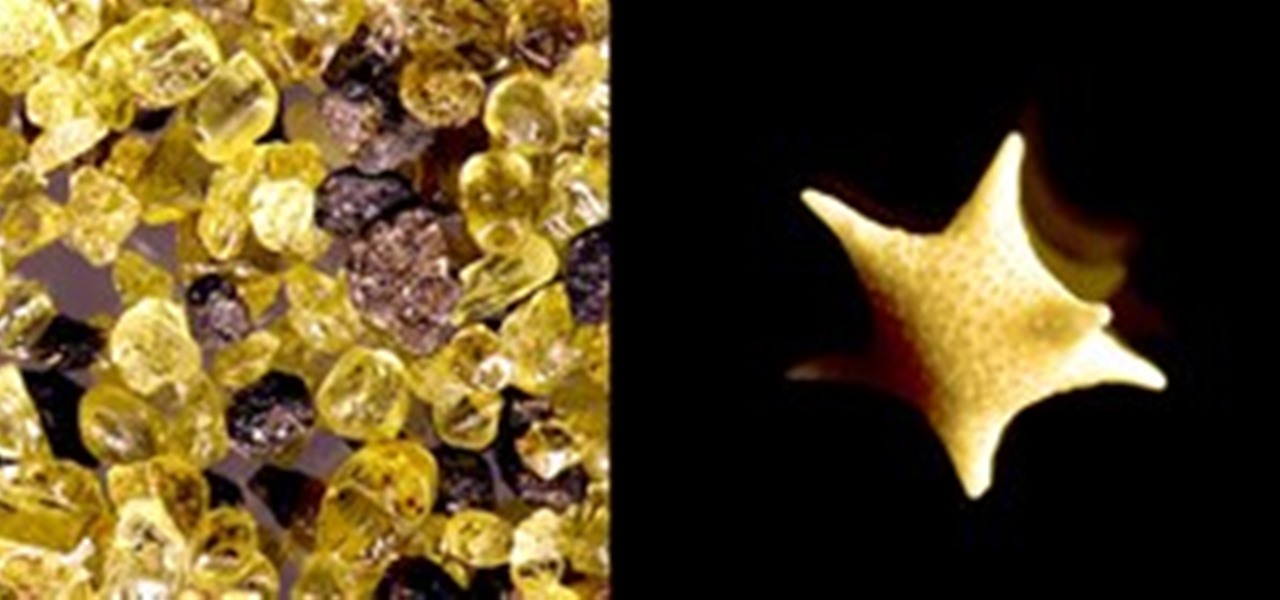
News: Zooming Into Sand
Incredible. There's a type of sand (found only on the small Okinawan island of Iriomote) in which each grain resembles a tiny star. And I never would have known, if it hadn't been for blogger Jason Kottke's pal Mouser. Mouser collects sand from all around the world, and then documents each sample with a macro lens:

News: What Happens When Water Hits a Scalding Hot Pan at 3000 Frames-Per-Second?
The Leidenfrost Effect: “a phenomenon in which a liquid, in near contact with a mass significantly hotter than the liquid’s boiling point, produces an insulating vapor layer which keeps that liquid from boiling rapidly”. It looks pretty spectacular captured at 3000 frames-per-second (almost as spectacular as when the same principle is applied to the human hand). Previously, Hand Fully Submerged in Liquid Nitrogen (OUCH... right?)
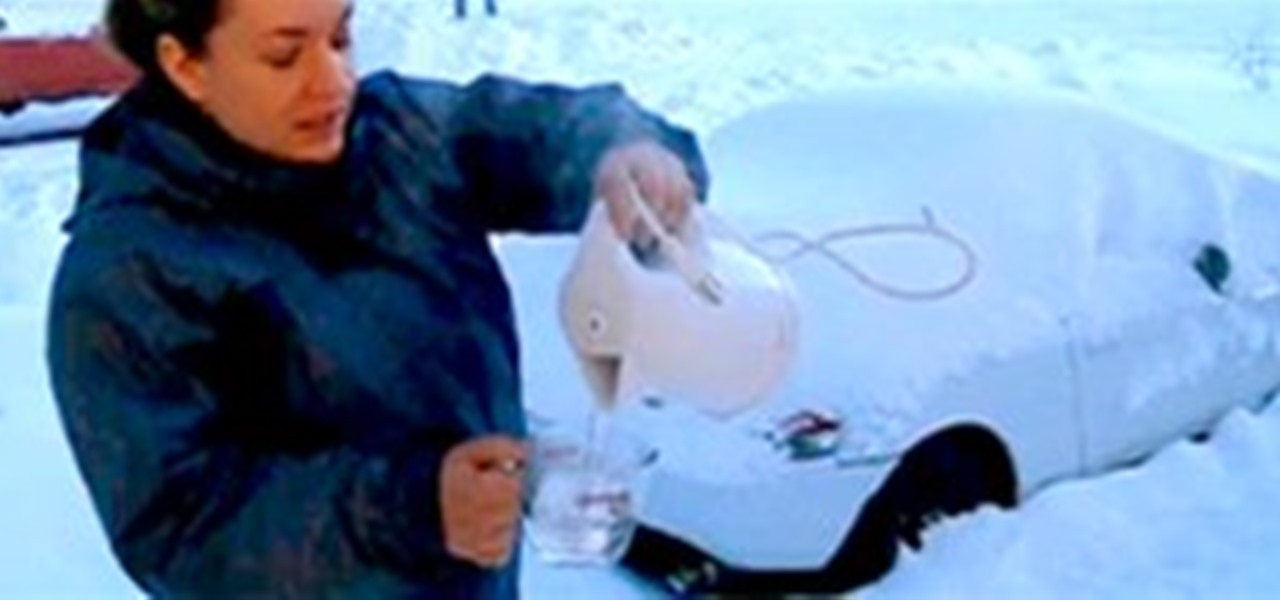
HowTo: Make Instant Fog
What happens when you toss boiling water into the -30 degrees celsius, bitter cold Canadian air? Instantaneous "fog" (AKA a big vapor cloud of awesomeness).

News: Robotic Ghost Knifefish Is Born
Researchers at Northwestern University have hatched a robotic replica of the ghost knifefish, an amazing sea creature with a ribbon-like fin, capable of acrobatic agility in the water. The fish is distinctive in its ability to move forward, backward and vertically, but scientists didn't understand its vertical movement until the creation of its robot replica, GhostBot (shown below). They now know its vertical propulsion is caused by two waves moving in opposite directions, crashing into each ...

How To: Make a gooey slime at home using corn flour
Gross out your friends, or just have fun playing with some goo! You can make your own slime at home easily. All you need is some corn flour and water. Add food coloring if you really want to make it cool!

How To: Make slime without using borax
This video shows you how to make slime, or goo, without using borax which can be harsh on some people's skin. Rather than spending money on buying slime for your children in the toy store, simply mix water and cornstarch. You can even make it any color you want just by adding food coloring. Make slime without using borax.

How To: Use a laser to ignite a fire within a regular balloon
All you need is a burning laser, a bit of flash paper (which you can find at any magician's shop), some thread, a balloon pump, and of course, a balloon. Then set it all up to set a fire inside the balloon!
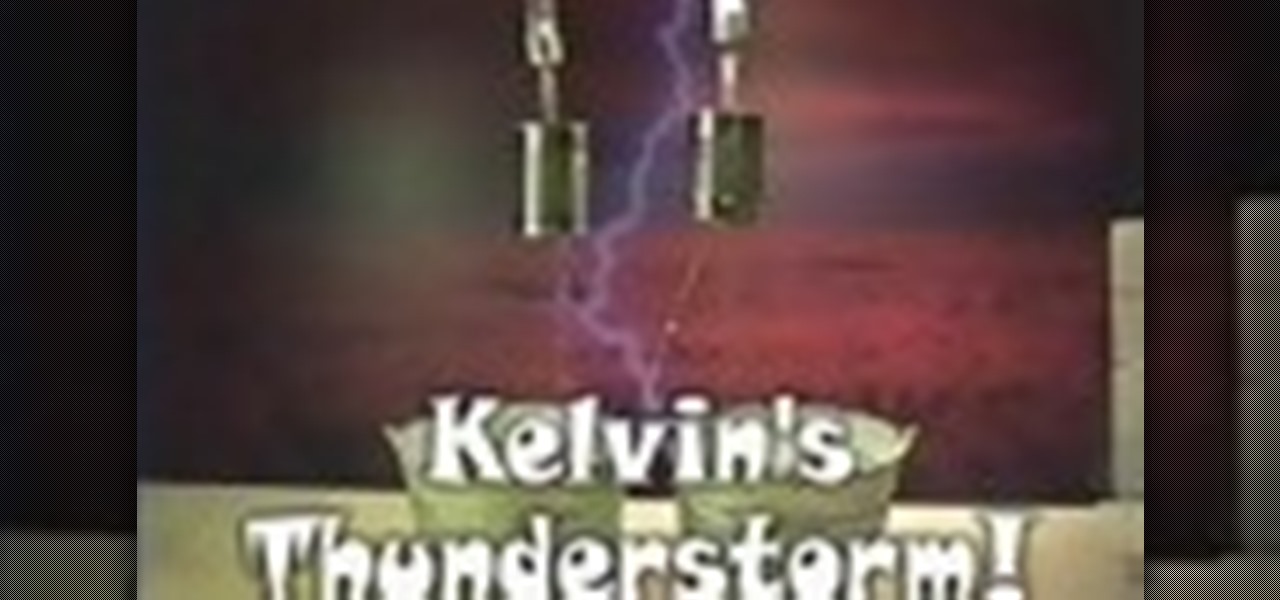
How To: Make a water drop electrostatic generator
Wanna make some lighting in your very own home? You can with this cool how-to video. Basically what you'll be creating is called a Kelvin's Thunderstorm, or, a water drop electrostatic generator. Check out the video to see what supplies you'll need to make this experiement work.

How To: Perform a cool trick with Ivory soap and a microwave
Ever wonder what happens when you put a bar of Ivory soap (the soap that floats!) in a microwave for a few minutes? This science experiment shows what happens when water molecules in a bar of Ivory get nuked! Try it!
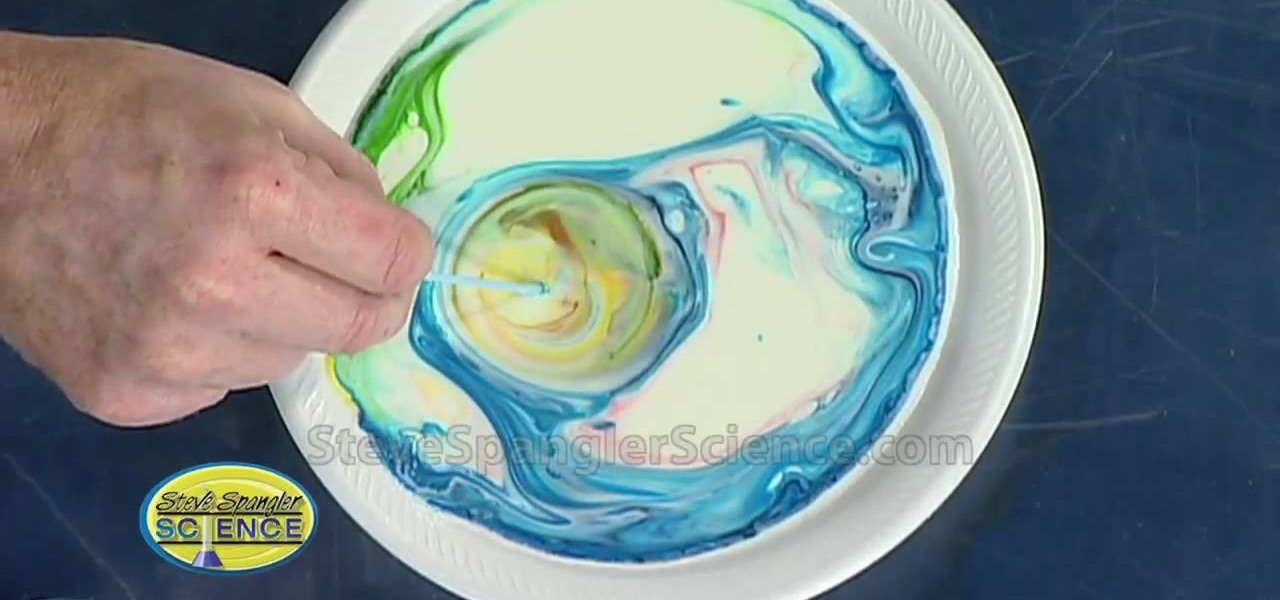
How To: Create a color explosion with this cool science experiement
Soap is an incredible thing and this how-to shows some of its incredible qualities. You'll need a plate, some whole mile, some food coloring, some Q-tips and some dish detergent. It's an explosion of color! Some very unusual things happen when you mix a little milk, food coloring, and a drop of liquid soap. Use the experiment to amaze your friends and uncover the scientific secrets of soap.

How To: Perform an ice-cube trick with sodium chloride
Think you can lift an ice-cube with nothing but a piece of string? In this cool how-to science lesson, Steve Spangler shows us how to do it, and explains what happens when salt is put on ice. We all know that salt is used to melt ice and snow, but do you know why? Leave it Steve Spangler to turn this basic science lesson into an after-dinner trick you'll use to amaze your friends.
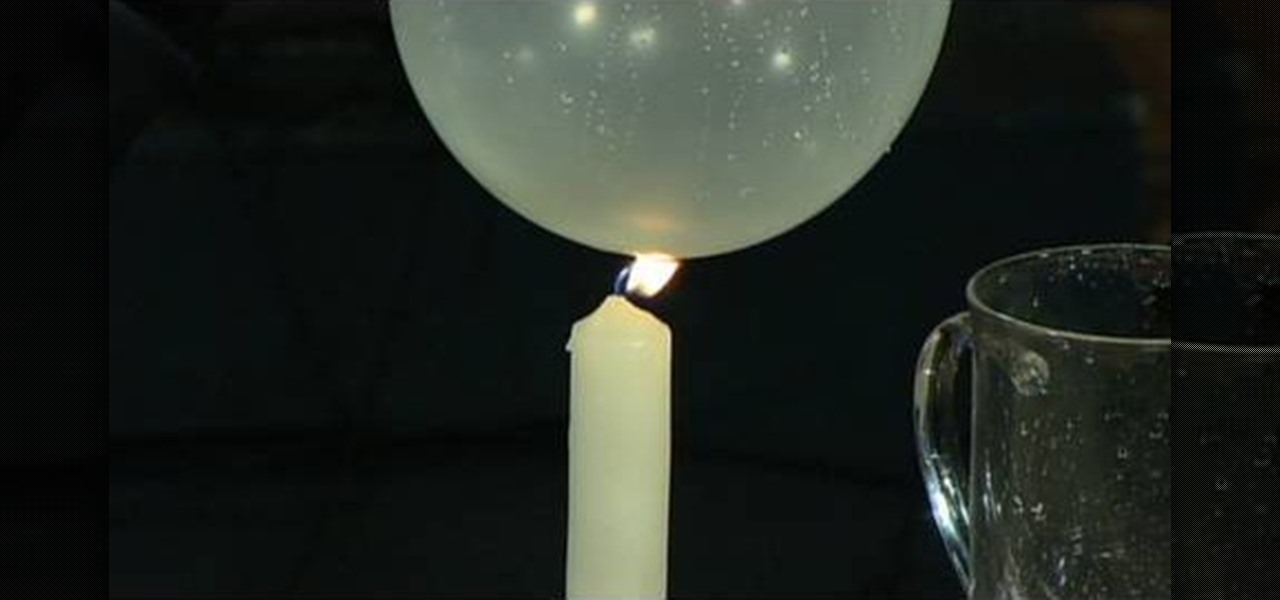
How To: Perform a cool water heat conduction experiment
This is a cool science experiment to show what a great heat conductor water is. You'll need some balloons, a candle and some water. Check it out and be amazed! Common sense tells you that it's impossible to boil water in a paper bag, but this classic parlor trick was a favorite of the Victorian magician. The real difficultly in performing this effect is making it look harder than it is! As you might imagine, the secret lies in yet another amazing property of water - it's ability to conduct he...
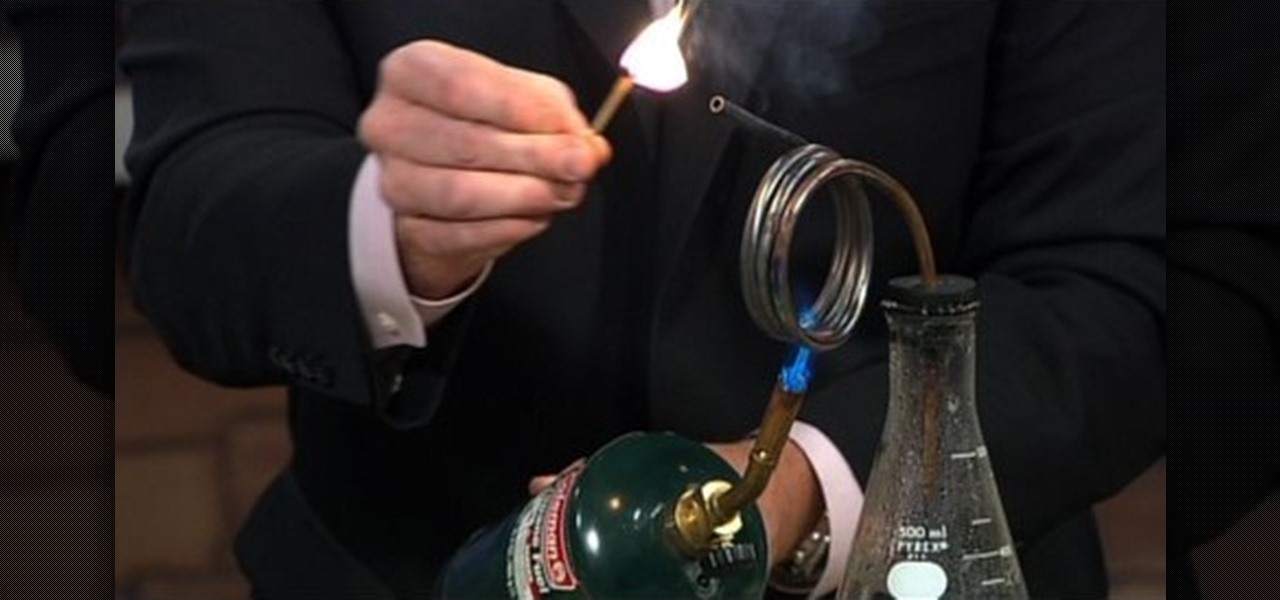
How To: Perform a superheated steam science experiment
This is a cool experiment that shows what happens when we superheat steam. Wath as we move beyond a gas to something else! Steve Spangler is the science man and he'll turn you on to something cool. We usually think of water as a substance used to put out fires... but what happens when water turns to steam and that steam gets superheated? Watch in amazement as the steam created in the experiment is used to create - not extinguish - fire!

How To: Test the myth of death by eating pop rocks and soda
Did Mikey really meet his end by eating Pop Rocks and Coke? Well, in this how-to you'll see the myth tested and be able to try it out yourself. Follow as Steve Spangler shows us why Pop Rocks pop, and how they react with soda.
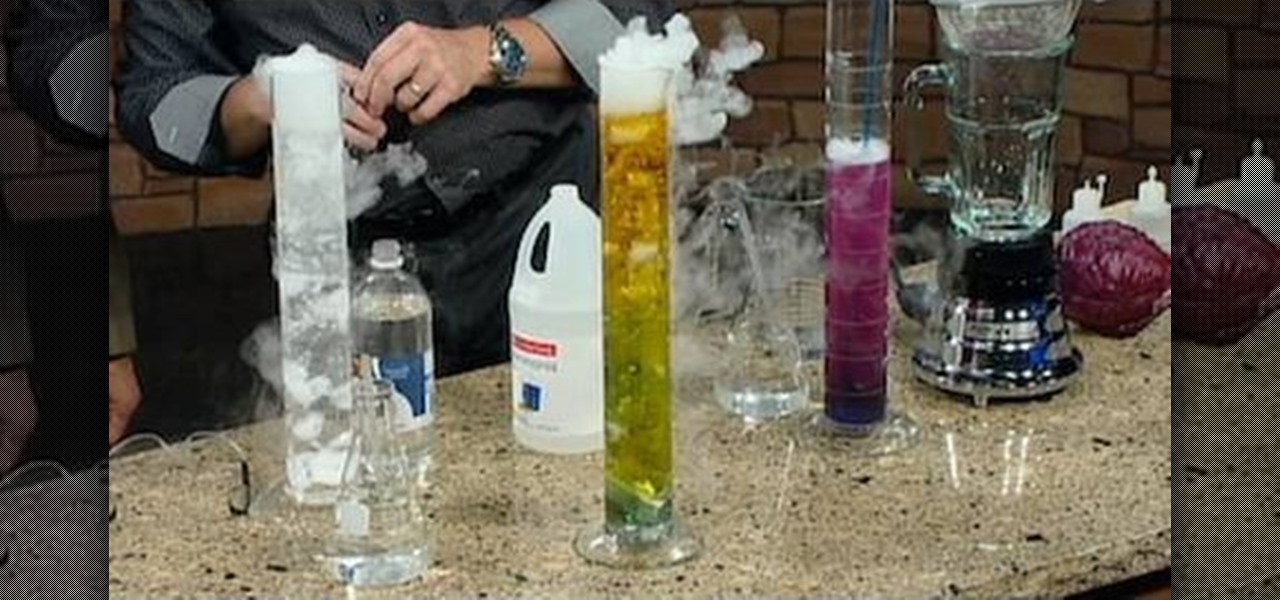
How To: test the acidity or alkalinity of certain liquids
Hmmm, all you've got is a piece of cabbage but you need to test the acidity or alkalinity of some liquid. What do you do? What DO you do!? Well, you start by watching this video by Steve Spangler. Ahh, the sweet smell of science! Invite your friends over to share in this super smelly but really cool activity. Plug your nose and get ready to make your own red cabbage indicator that will test the acidity or alkalinity of certain liquids.

How To: Make a tea bag rocket and blast off
3,2,1... blast off! Here's a fun little experiment you can do with a tea bag and some matches. You can try it at home and see how far up you can make your tea bag rocket go. The Tea Bag Rocket is really an adaptation of a classic science demonstration called the Ditto Paper Rocket. Each piece of Ditto paper had a sheet of tissue paper that separated the two-part form, and it was this discarded piece of paper that kids used to make the "rocket." Since Ditto paper is a thing of the past, scienc...

How To: Walk on cornstarch with this non-Newtonian fluid trick
Walk on water? Impossible. Walk on cornstarch? You bet! Check out this video to see what happens when you mix up a tub of cornstarch and water. It's goopy cool fun. Mix cornstarch and water in this classic experiment to form a gooey liquid and solid material that behaves like quicksand. Some people refer to this as the Oobleck recipe, others call it a Non-Newtonian fluid. After watching these video segments, you'll call it a great science lesson as your students learn about the amazing proper...

How To: Perform the floating rice trick
This is a cool trick that creates the illusion that one object appears heavier than the other. Check out the video, and watch Steve Spangler perform this trick and teach you how to do it! This trick, dating back thousands of years, uses two identical bottles of rice and chopsticks. One bottle appears to be lighter than the other and floats up.
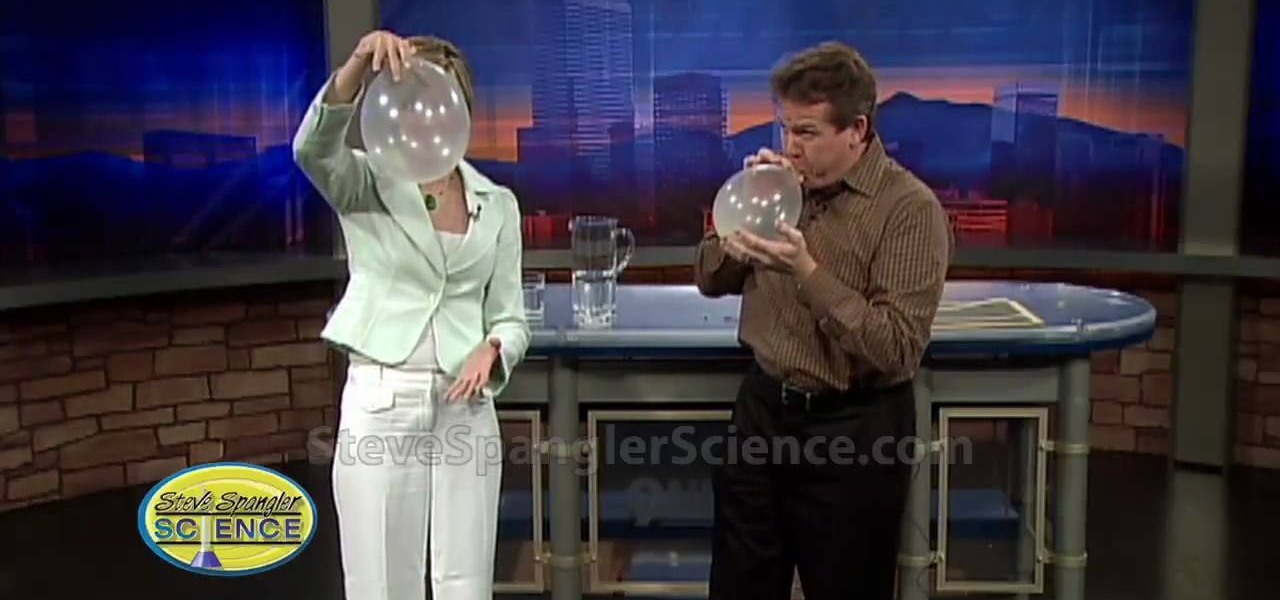
How To: Understand Newton's laws of motion and centripetal force
With this cool little how-to, learn about Newton's laws of motion and try first hand to see centripetal force in action. You'll need balloons and a coin and a lug nut.

How To: Create a cloud in a bottle
Cool! A cloud in a bottle! You can make one yourself by watching this little how-to. You'll need a bottle, a bike pump and a little attachment from the hardware store.

How To: Build a tornado or whirlpool tube
Wish you could put a whirlpool in a bottle? How about a tornado? Well, this cool video shows you how to do both. Add food coloring or dish soap to highlight the water or the air. It's a cool project!
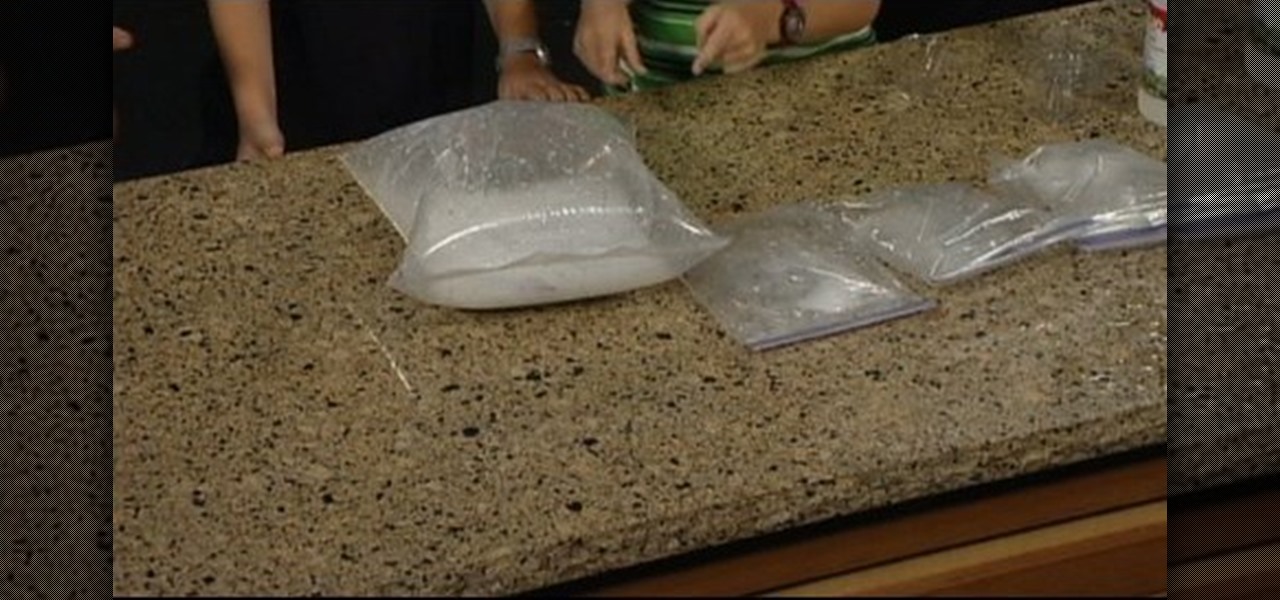
How To: Make a carbon dioxide sandwich bomb
No one ever gets tired of making little explosions by adding vinegar and baking soda. In this video, you'll make a sandwich bomb in a sandwich bag and watch as the contents bubble, brew and explode. Mmmm lunch is ready!
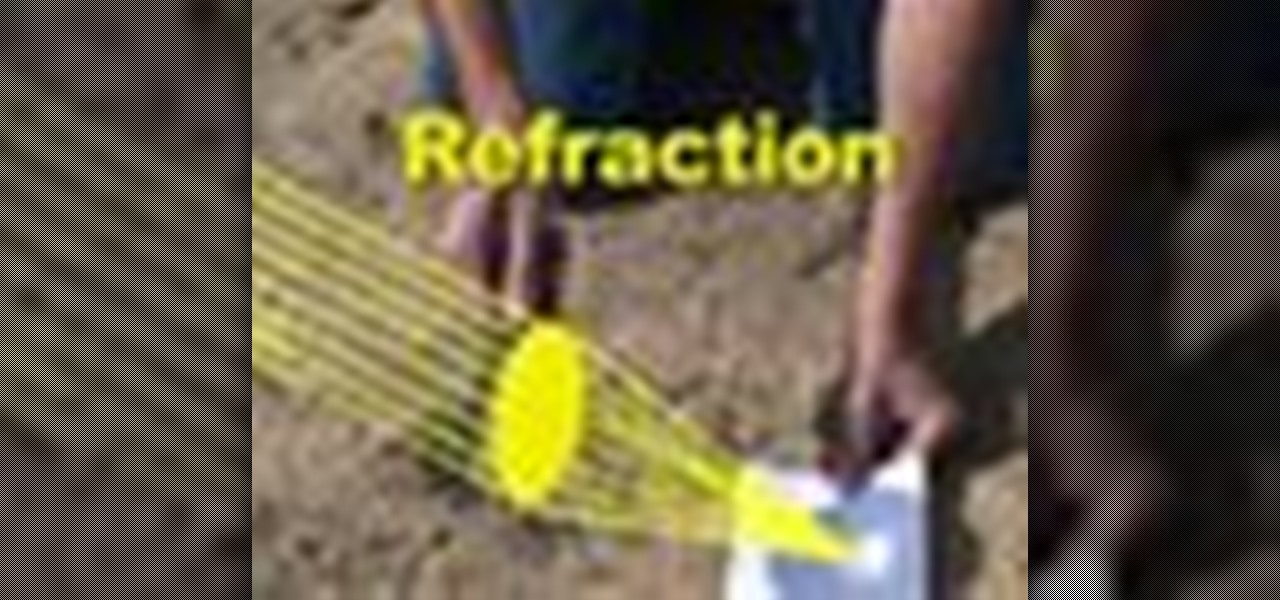
How To: Learn the difference between reflection and refraction
In this video you'll visit one of the largest solar power farms in the world to learn the difference between reflection and refraction. Unlike most solar farms, this farm uses giant mirrors instead of photo electric cells. Check it out.

How To: Wrap your head around the concept of Entropy
Entropy can be a tricky concept to wrap your head around, but this clear and detailed video helps make it easy. By using a variety of props as examples, you too can master the idea of entropy to amaze and impress your friends!

How To: Salicylate determination with visual colorimetry
If you're interested in forensic toxicology and are trying to determine the presence of salicylate by using a visual colorimetry, then look no further. This indepth and compelling video takes you into world of salicylate determination.

How To: Buy lab chemicals for home science experiements
If you're looking to get your hands on some chemicals for your home science experiments, this video is for you. The home scientist will find this sourcing guide helpful when putting together their home lab. Don't think you can't get the chemicals you want, you can!
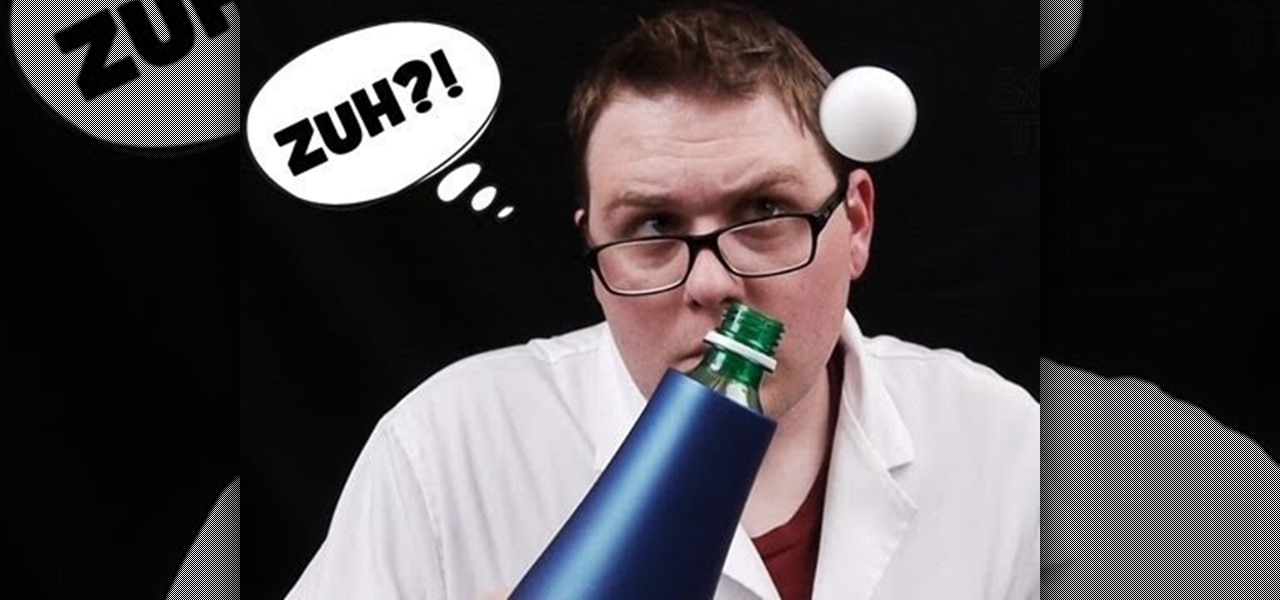
How To: Perform some easy air and water tricks
Ever wonder how a tree gets water all the way up to the top? Ever thought about how a stream of air can hold a ping pong ball in place? This simple how-to shows you a few experiments to try with air and water.
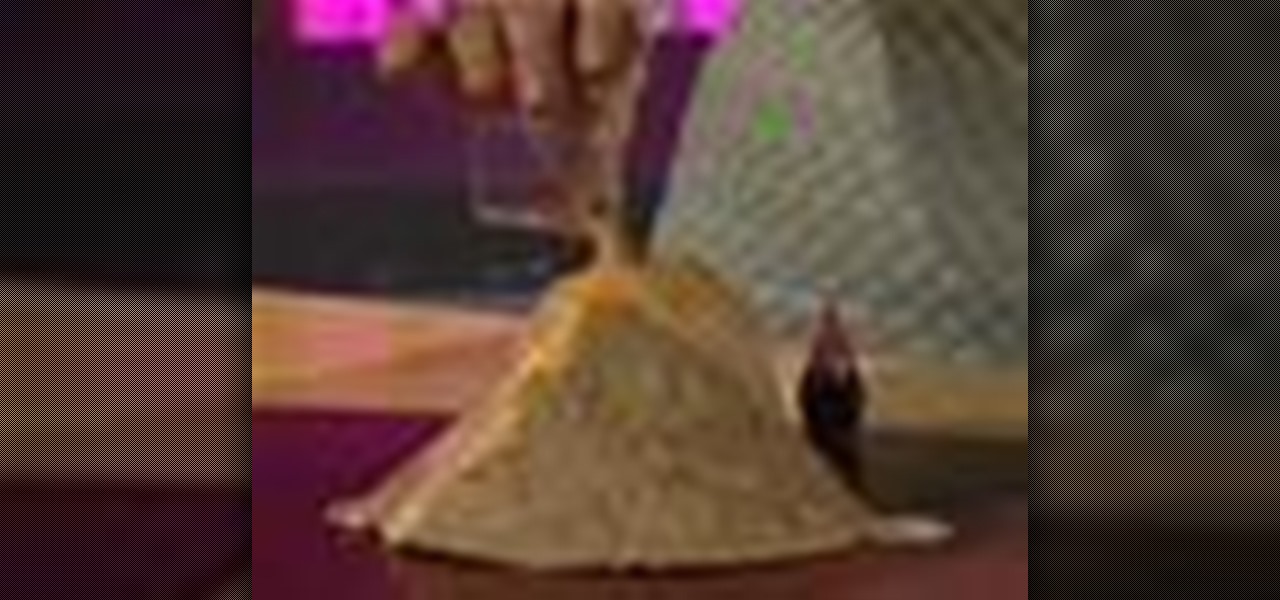
How To: Make a classic science experiment volcano project
Make Your Own Erupting Volcano!
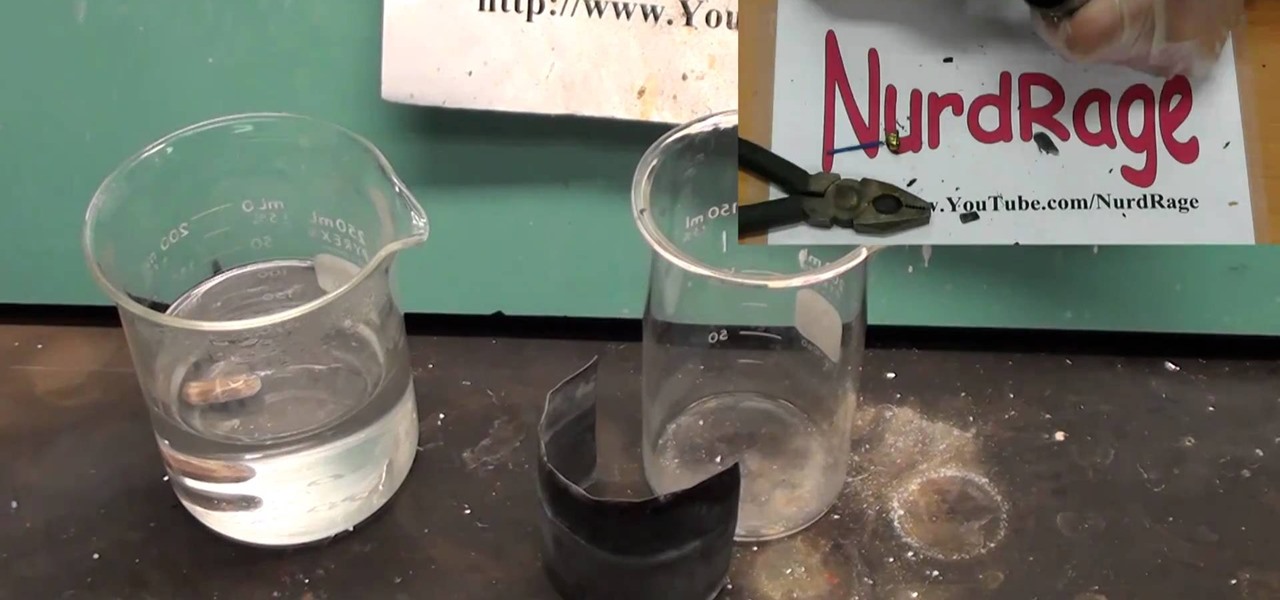
How To: Make an air battery of out of zinc
This is a great science project! For this, you will be able to make an air battery using zinc. You will also need a paper towel, some steel wool, and an electrolyte solution. An air battery can keep for decades as long as it's dry.
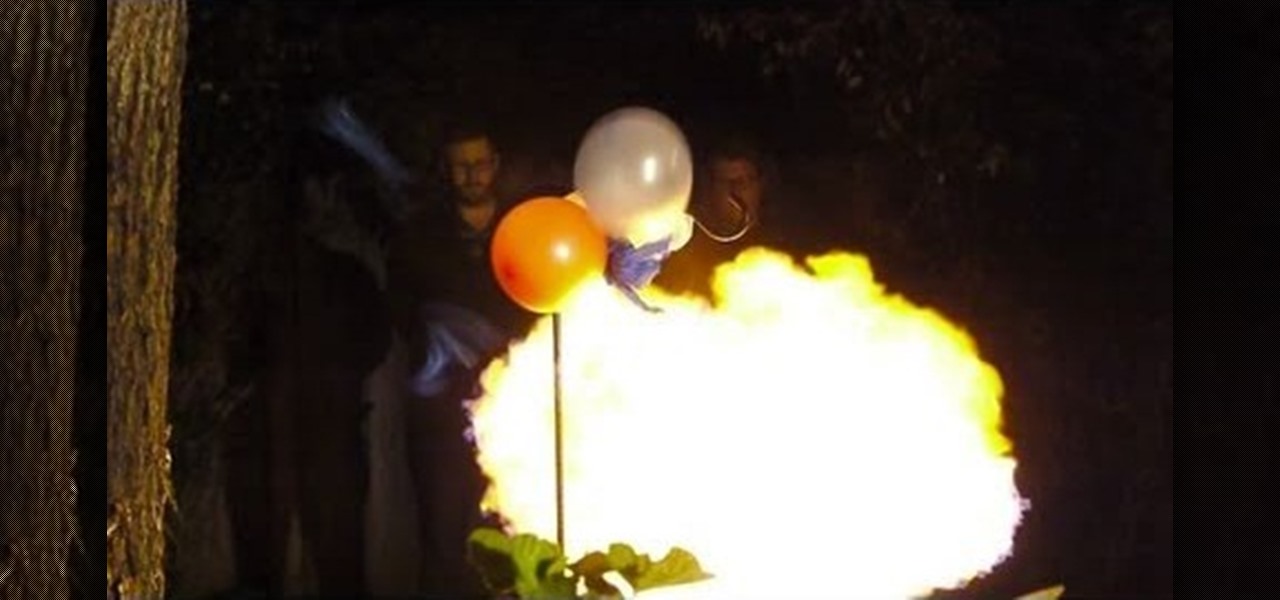
How To: Make a propane balloon of doom
Looking for something new and unusual to light on fire? How about a propane bomb? This little how-to shows us the explosive power of propane when we expose it to flame. With a balloon, some propane and a piece of toilet paper we can make a pretty ball of flame.
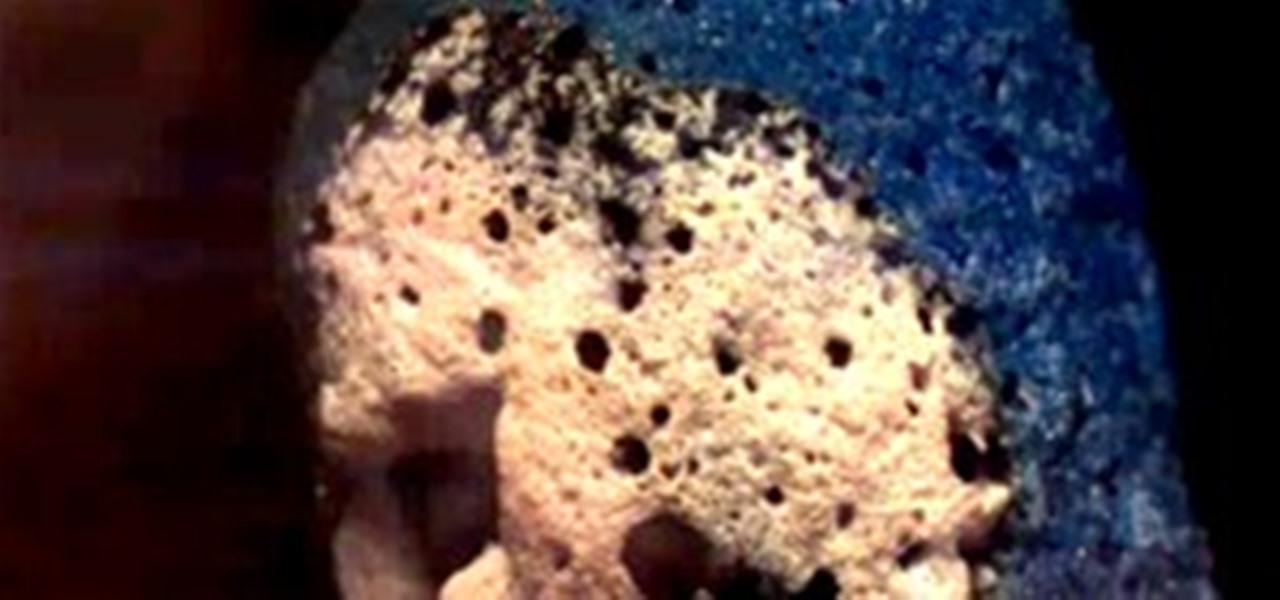
News: Aha. So That's What a Match Looks Like Ignited At 2000 FPS
In other words, it looks totally awesome. The chemical reaction of burning phosphorus and gelatin makes for a mesmerizingly beautiful display of science slo-mo. Previously, What Happens When You Smash the Essence of Dynamite With a Hammer?
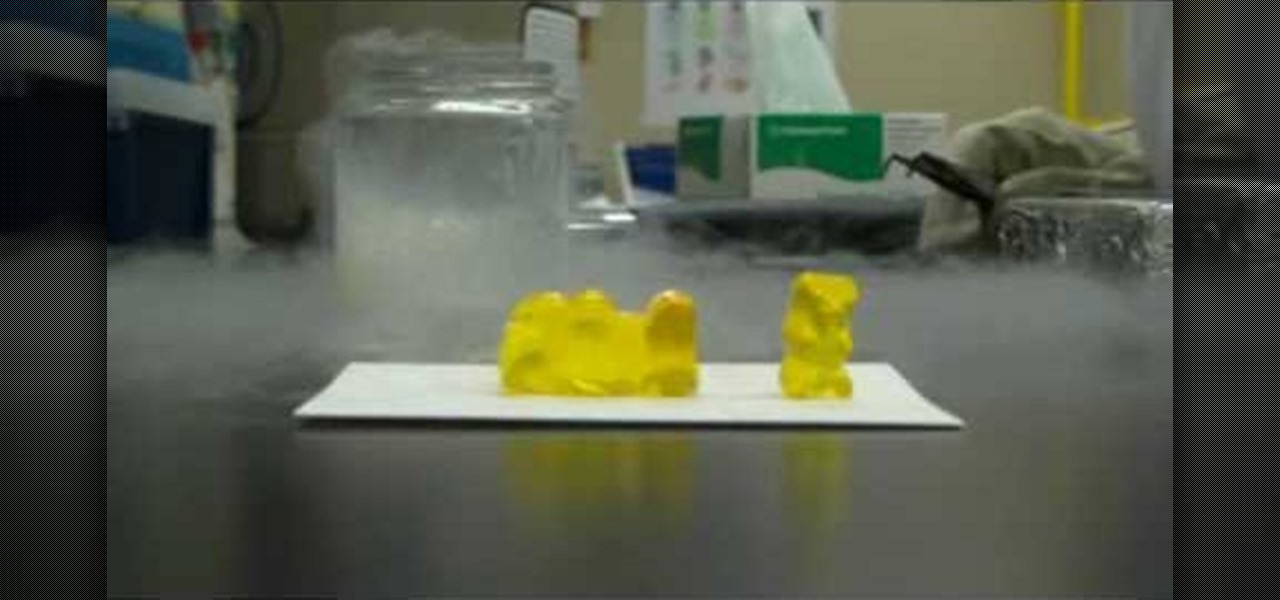
How To: Freeze a gummi bear in liquid nitrogen and shatter it
If you've ever taken high school chemistry, you may already be familiar with the ability of liquid nitrogen to freeze soft object so hard that they will shatter. This video will teach you a fun experiment utilizing this property of liquid nitrogen. It invovles gummi bears frozen and soaked in water or liquid nitrogen (or not, for the control) and then smashed in a most satisfying way.
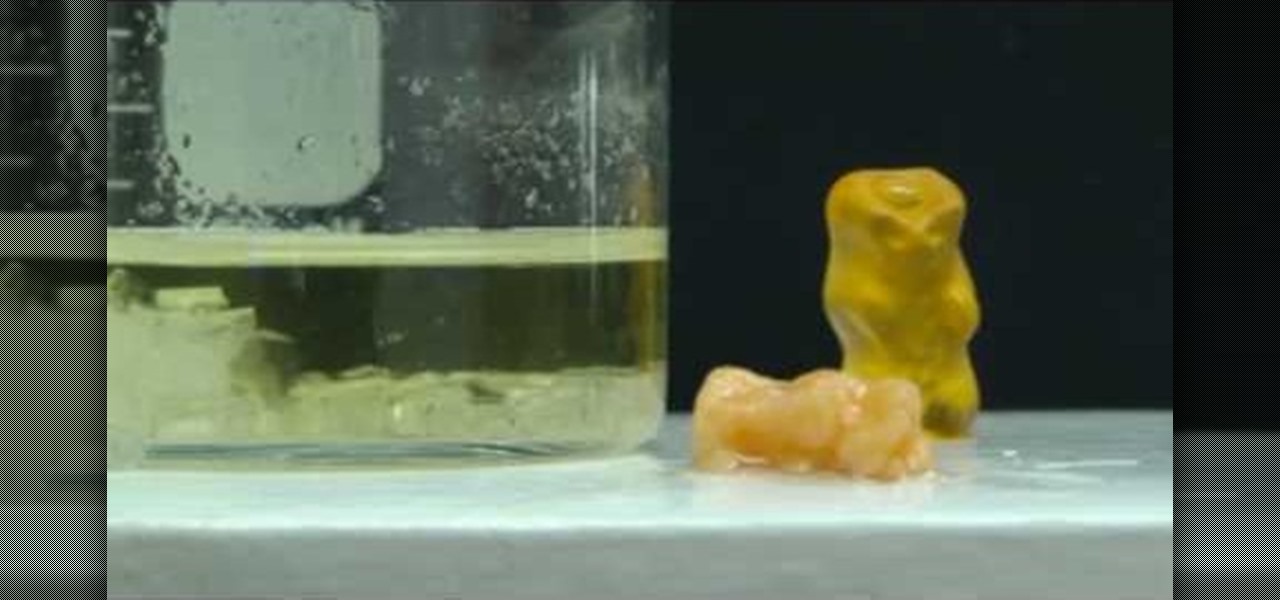
How To: Use Gummi Bears to demonstrate osmosis and crystallization
Gummi Bears are great for science experiments due to their gelatinous makeup. In this video you will learn how NOT to make a Gummi Bear conduct electricity, but in fact how to use them to demonstrate osmosis and crystallization by preparing them for conductivity.







